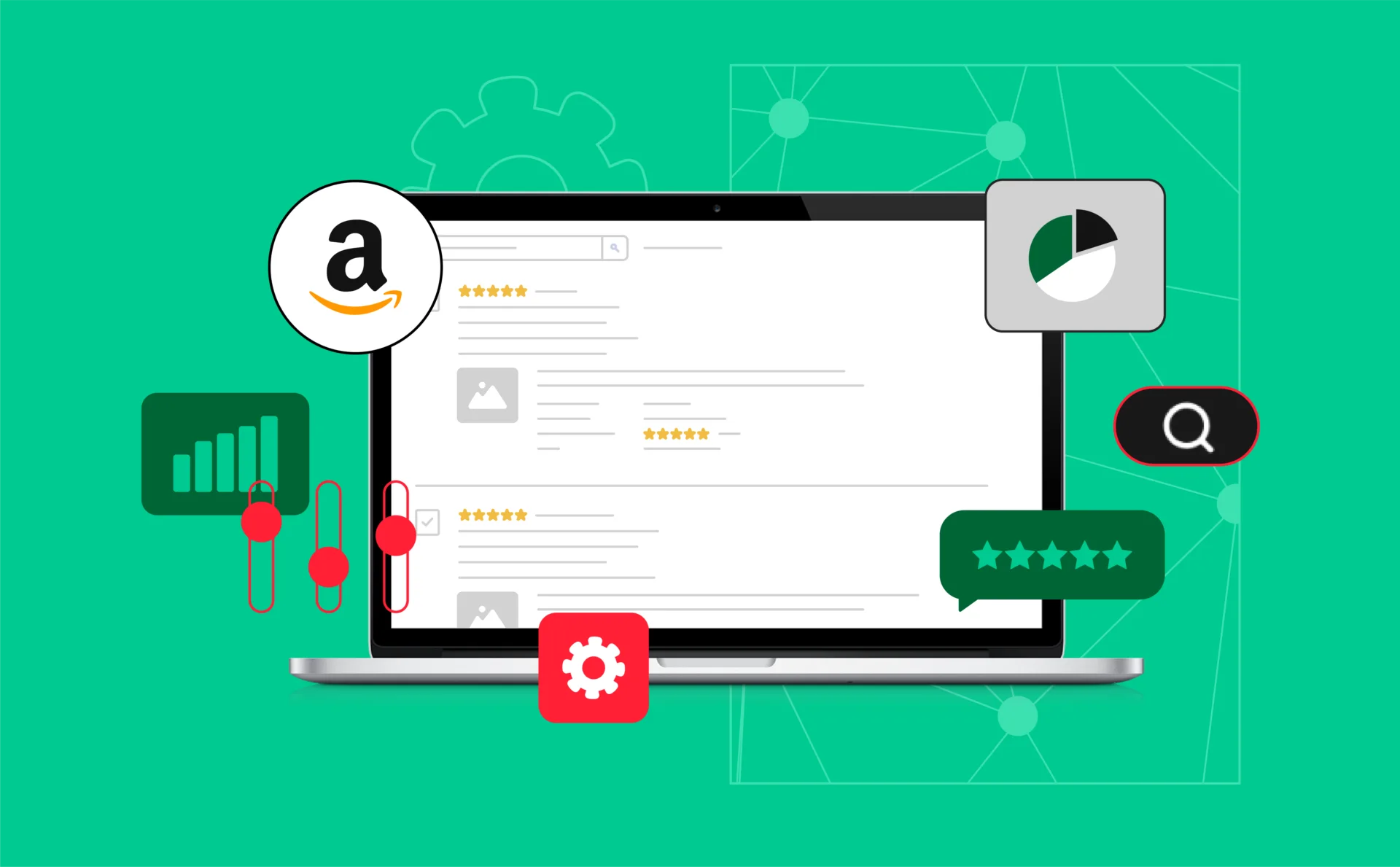
Does Amazon Allow Web Scraping or Will You Get Blocked?
Amazon is packed with data. Prices, reviews, seller info, product rankings—it’s all out there in plain sight. For businesses, researchers, and developers, this information looks like gold. It can guide pricing, product research, and market analysis.
But here’s the real question: does Amazon allow web scraping? Not really. The company makes it clear in its rules that automated scraping isn’t allowed. On top of that, Amazon uses strong technical systems to block bots. Trying to scrape can lead to IP bans, blocked accounts, or worse—legal trouble.
Does Amazon allow web scraping?
Amazon’s Terms of Service (TOS) state that automated scraping is not allowed. The company doesn’t give permission to use bots or scripts to collect data, even if it’s public like product prices, reviews, or rankings. On paper, scraping Amazon goes against their rules.
That said, in practice, many businesses and researchers still try to collect data from Amazon. They rely on tools like proxies and fingerprint masking to avoid detection. These methods can make scraping harder to track, but they don’t change the fact that it’s against Amazon’s policy.
So, does Amazon allow web scraping? Officially, no. But with the right setup, people still manage to scrape data—at the risk of IP bans, account suspensions, or legal trouble.
What data can be scraped from Amazon?
Every Amazon page shows data that looks useful: product titles, prices, seller names, reviews, rankings, stock levels, and shipping terms. Businesses scrape this kind of information to track prices, watch competitors, study customer feedback, or plan new products. Researchers also use it to study e-commerce trends.
The catch is that while all of this is public to shoppers, Amazon’s rules don’t allow you to collect it automatically with bots. Doing so can still trigger blocks or bans.
Is scraping Amazon legal?
Scraping on its own isn’t a crime. The problem comes from where you are and what you collect. Laws in the U.S., Europe, and elsewhere don’t always agree. In the U.S., some cases fall under the Computer Fraud and Abuse Act. In Europe, copyright and data protection laws play a bigger role.
With Amazon, the main risks are clear:
- Their Terms of Service forbid automated scraping. Break the rules, and they can ban or sue you.
- Copyright applies to product text and images. Copying and reusing it can cause trouble.
- Private data like customer info or anything behind a login is off-limits and carries heavier penalties.
So is scraping Amazon legal? It depends on your location and intent. Public data may look open, but the law—and Amazon’s own rules—say otherwise.
How Amazon detects and blocks scrapers
Amazon doesn’t just sit back and let bots run. It has systems to catch and block them:
- CAPTCHAs pop up when traffic looks automated.
- Request limits kick in if too many pages are loaded too quickly.
- IP bans block addresses that keep sending bot-like traffic.
- Fingerprint checks track browser and device details to spot patterns.
- robots.txt and API rules tell you what’s off-limits, with the API enforcing strict request caps.
These checks make scraping hard unless you hide your footprint with proxies and fingerprint masking.
How do people try to scrape Amazon safely?
Amazon doesn’t allow scraping, but that hasn’t stopped people from trying. The usual tactics include:
- Rotating proxies – switching IPs often so traffic doesn’t all come from one address.
- Anti-detect browsers like Multilogin – hiding the browser fingerprint so requests don’t look linked.
- CAPTCHA solvers – using tools that can get past Amazon’s puzzles.
- Slowing requests – spacing traffic out to look closer to human browsing.
These tricks can help scrapers last longer, but they don’t change the fact that it’s against Amazon’s rules and can still get you banned.
Read our guide about how many Amazon accounts you can have!
Alternatives to scraping Amazon
If you want Amazon data without breaking rules, there are a few safer paths:
- Amazon Product Advertising API – structured data, but limited and requires approval.
- Data providers – companies that already collect and resell Amazon data.
- Partnerships – formal agreements that give businesses direct access.
FAQs about does Amazon allow web scraping
1. Does Amazon allow web scraping?
No. Amazon’s Terms of Service forbid automated scraping, even for data that looks public like prices or reviews.
2. What happens if you scrape Amazon?
You risk IP bans, blocked accounts, or legal action. Amazon uses CAPTCHAs, fingerprinting, and other systems to catch scrapers.
3. Is it legal to scrape Amazon data?
It depends on your country and what you collect. Public data isn’t always free to use, and copyright or data protection laws may apply.
4. Can proxies help scrape Amazon without getting blocked?
Rotating residential or mobile proxies can reduce bans, but they don’t make scraping legal or risk-free.
5. What data do people usually scrape from Amazon?
Common targets include product titles, prices, reviews, rankings, seller info, and stock status.
6. What is the safest way to get Amazon data?
The official Product Advertising API, licensed data providers, or direct business partnerships are safer alternatives to scraping.
Conclusion
So, does Amazon allow web scraping or will you get blocked? The answer is mostly no. Amazon’s rules clearly ban automated data collection, and their systems work hard to detect and stop it. Still, many try using proxies, fingerprint masking, and other tools to scrape quietly. That can work for a while, but it always carries the risk of bans or legal pushback. If you need Amazon data, safer options like their API or licensed providers might be a better long-term bet.